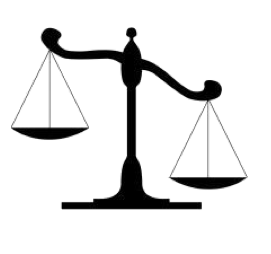Fred budgets his small business every month by stuffing envelopes with cash…but there’s a better way. We’ll show you how. But first, here are some basics of budgeting.
Why budgeting for small businesses?
Think of your business as a leaky bucket; income comes in, expenses go out. The water that remains in the bucket is the cash on hand you have to run the business.
If the bucket runs dry and stays dry, you eventually go bankrupt. Many small business owners don’t even realize the bucket’s dry until they’re in crisis.
To make this easy, we’re going to assume three things;
~Income and sales are the same.
~All sales are cash sales so income is cash income.
~You have no dishonest customers.
(Hope springs eternal)
So, how do you prevent a dry bucket? Budgeting for small businesses is the discipline of forecasting what you think will happen with income and expenses over the next year of running your small business. And then you manage to that budget.
A budget is not sealed in granite; it’s a guideline for helping you anticipate dry spells in income or to plan the timing of large expense outlays.
New York’s former Mayor Ed Koch was famous for asking “so, how am I doing?” The real question is; in comparison to what? The budget becomes a yardstick for performance.
Remember too budgeting should take into account all the factors that are going to influence key drivers of profitability.
On the income side it will be factors like unit sales, unit price, and discount levels. On the expense side it will be everything from staff levels to rent, utility and insurance expenses.
~How do you know if sales are strong or weak?
~How do you know if your marketing efforts are effective?
~How can you predict if you’ll have money in the account at the end of the month?
~How do small business owners make more money with the same amount of effort?
Income
Start with forecasting income (or sales for our illustration). Forecasting income from sales of your product or service is the starting point for all your financial projections. The sales forecast is the key to the whole financial plan, so it is important to use realistic estimates.
Expenses
Next, forecast your expenses. The idea is to forecast both income and expenses by month and then see if you anticipate any “dry spells”. Chances are, you will.
Most businesses have seasonal variations in income and expenses.
Let’s look at an example of how income can vary throughout the year. If you are in the travel business, you’ll probably have a lot of clients in the Northeast looking for some sun in December and January so you’ll be pretty busy raking in those commissions on bookings. That means lots of income in those months.
However, if you are in the construction business, chances are income is not that robust in the winter, especially if you work outside in a colder climate. On the expense side, insurance is usually paid once or twice a year. In those months, your expenses might be higher than usual for good reason.
~When you plan a budget, you use the past as a starting point.
~Then you look at factors you are aware of today that will influence future income and expenses for better or worse.
~Last, you forecast your income and expenses month by month to see where the shortfalls might be and plan for them.

